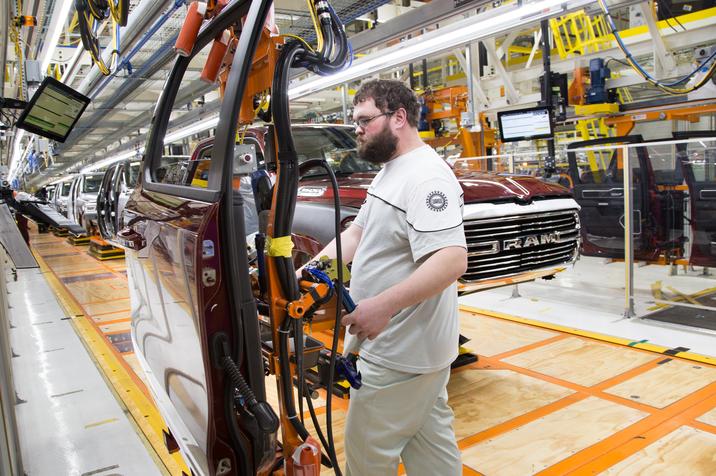The automotive company Stellantis formed several partnerships in an effort to secure specific critical raw materials, which include, among others, nickel, cobalt, lithium and manganese.
Some supply agreements incorporate take-or-pay terms or equity investments in the supplier.
In 2023, Stellantis signed agreements with Controlled Thermal Resources Holdings (CTR) and Argentina Lithium for lithium, with Terrafame for nickel, with Alliance Nickel and Kuniko for cobalt and nickel, with Element 25 Limited for manganese and with McEwen Copper for copper.
Stellantis was formed through the merger of Fiat Chrysler Automobiles (FCA) and PSA Group.
From Stellantis’ perspective, its focus on quality improvement, cost reduction, product innovation and production flexibility requires the company to rely on quality-driven suppliers and the ability to deliver cost reductions.
The company has valued supplier relationships and is working to establish closer ties with a significantly reduced number of suppliers, selecting those with a leading position in the relevant markets.
Stellantis
The company purchases a variety of components (including, among others, mechanical, steel, electrical, electronic and plastic components, as well as castings and tires), raw materials, supplies, utilities, logistics and other services from numerous suppliers.
For Stellantis, the purchase of raw materials, parts and components has represented a substantial majority of its total cost of revenues. Historically.
Raw materials purchased by the company include, among others, steel, rubber, aluminum, resin, copper, lead, precious metals (including platinum, palladium and rhodium) and battery materials (including lithium, manganese, nickel and cobalt).
Electric cars
Production costs can be affected by fluctuations in raw material prices.
For example, some of the batteries contained in Stellantis’ electric and hybrid models include rare raw materials, which are exposed to increased risks of shortages and potentially rising procurement costs.
Stellantis’ aggregate raw material costs, excluding the impact of hedging, decreased by approximately €1.4 billion in 2023.
Previously, the company experienced an aggregate increase of approximately €2.2 billion in 2021 and a further increase of approximately €6.7 billion in 2022, in each case excluding hedging impacts.

